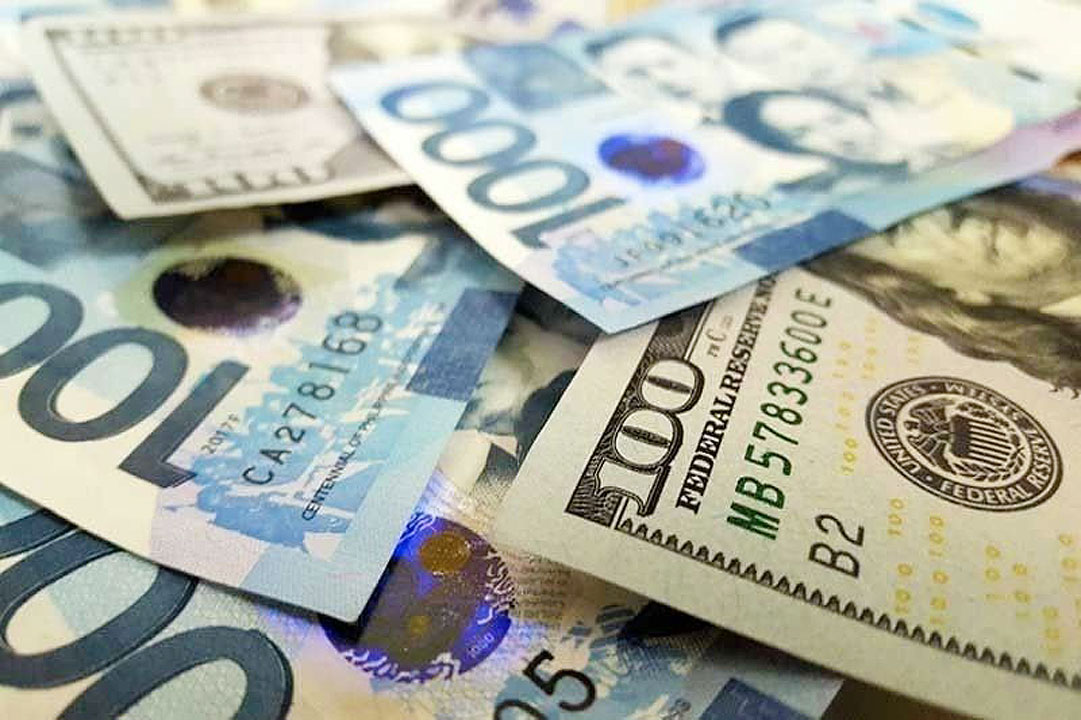
THE PESO weakened versus the greenback on Monday amid China’s slower economic growth and surprise monetary policy easing.
The local unit ended trading at P51.255 per dollar on Monday, weakening by 14.5 centavos from its P51.11 finish on Friday, based on data from the Bankers Association of the Philippines.
The peso opened Monday’s session weaker at P51.25 versus the dollar. Its worst showing was at P51.34, while its intraday best was at its close of P51.255 against the greenback.
Dollars exchanged increased to $820.9 million on Monday from $760.5 million on Friday.
A trader said in an e-mail that the peso weakened after the release of data showing a slowdown in the world’s second-largest economy and a surprise rate cut from the People’s Bank of China.
China recorded a gross domestic product growth of 4% in the fourth quarter of 2021, the weakest pace since the second quarter of 2020, Reuters reported.
This brought full-year growth to 8.1%, the fastest in a decade or since the 8% in 2011.
The Chinese central bank on Wednesday trimmed the rates of its medium-term loans for the first time since April 2020.
Meanwhile, Rizal Commercial Banking Corp. Chief Economist Michael L. Ricafort said the peso’s depreciation was due to higher oil prices.
Reuters reported that Brent crude futures increased by 40 cents or 0.5% to $86.46 a barrel by 0641 GMT on Monday. Earlier in the session, the contract reached $86.71, its highest since Oct. 3, 2018.
US West Texas Intermediate crude also inched up by 58 cents or 0.7%, at $84.40 a barrel, after hitting $84.78, the highest since Nov. 10, 2021.
For Tuesday, Mr. Ricafort gave a forecast range of P51.15 to P51.30 per dollar, while the trader expects the local unit to move within P51.15 to P51.40. — L.W.T. Noble with Reuters



